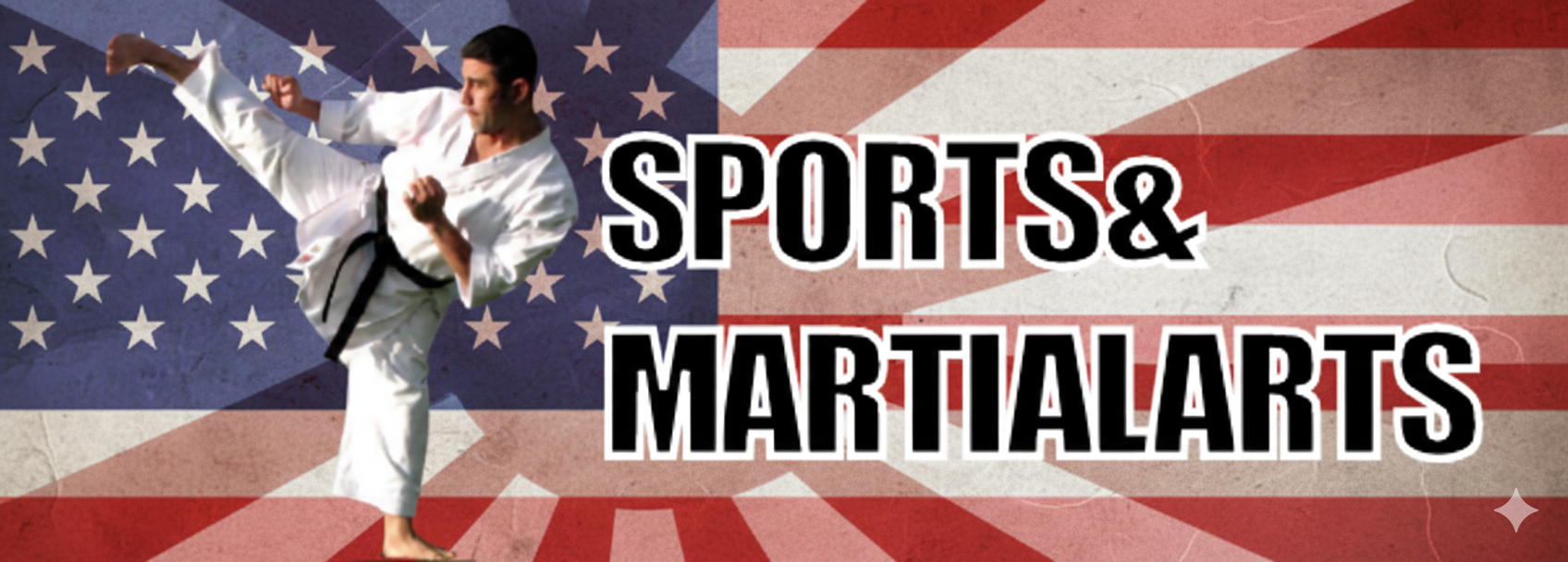Contents
Upward Dog Stretch
Benefits, Variations, and a Complete Guide
The Upward Dog Stretch—also known as Urdhva Mukha Svanasana in yoga—is a rejuvenating backbend pose commonly practiced in yoga flows like Vinyasa or Sun Salutations. This stretch is fantastic for opening up the chest, improving posture, and relieving tension in your back and shoulders. Whether you’re a beginner or an experienced yogi, learning to perform this pose correctly will enhance your flexibility, build strength, and leave you feeling more energized.
Benefits of the Upward Dog Stretch
The Upward Dog Stretch, also known as Urdhva Mukha Svanasana in yoga, is a powerful backbend that offers both strengthening and restorative benefits. Commonly practiced in Vinyasa and flow yoga sequences, this pose engages multiple muscle groups while improving posture, flexibility, and overall well-being. Here’s a closer look at the top benefits of incorporating the Upward Dog into your regular stretching or yoga routine:
1. Improves Posture by Opening the Chest and Strengthening the Spine
Upward Dog counteracts the negative effects of slouching, especially from prolonged sitting or computer work. It strengthens the spinal muscles and lifts the chest, promoting an upright and aligned posture. Regular practice helps reduce the tendency to round the shoulders and collapse the upper back.
2. Enhances Spinal Flexibility and Mobility
This pose stretches and mobilizes the entire spine, from the lower back to the neck. It helps lengthen tight muscles along the back and improves spinal extension, which is essential for overall flexibility and healthy movement patterns.
3. Strengthens the Arms, Shoulders, and Wrists
By lifting the body off the mat using the upper body, the Upward Dog stretch actively builds strength in the arms, shoulders, chest, and wrists. This makes it an excellent foundational pose for developing upper body stability and supporting more advanced yoga postures or strength exercises.
4. Relieves Fatigue, Stress, and Mild Depression
The chest-opening movement of this stretch expands the lungs and increases oxygen intake, which can help combat feelings of fatigue and low energy. Many practitioners find that the Upward Dog has a mood-lifting effect, helping to reduce mild symptoms of depression and boost mental clarity.
5. Stimulates Abdominal Organs and Supports Digestion
As the abdominal area is stretched and gently compressed, this pose stimulates internal organs such as the stomach, liver, and intestines, promoting better digestion and improved gut function.
6. Opens Tight Hip Flexors
The extension of the hips in Upward Dog provides a deep stretch for the hip flexors, which often become tight due to excessive sitting. Releasing tension in this area improves hip mobility and helps reduce lower back discomfort associated with sedentary lifestyles.

Recommended Sets and Duration
For best results, include the Upward Dog Stretch in your warm-up or cool-down routine:
- Beginners: 2–3 repetitions, holding for 10–15 seconds
- Intermediate/Advanced: 3–5 repetitions, holding for 20–30 seconds each
- Rest for 15 seconds between reps if needed
Step-by-Step Guide to Performing Upward Dog
- Start by lying face down on your mat with your legs extended and the tops of your feet pressing into the floor.
- Place your palms under your shoulders, fingers spread wide, elbows tucked close to your ribcage.
- Inhale and press firmly into your hands, lifting your torso and legs off the floor. Only the tops of your feet and hands should be touching the mat.
- Open your chest, pull your shoulders back and down, and lift your gaze slightly upward. Avoid overextending your neck.
- Engage your thighs and core to support your lower back. Keep your arms straight but soft at the elbows.
- Hold the stretch, breathing deeply for the desired duration.
- Exhale and release, either transitioning into Downward Dog or returning to the floor for another round.
Variations of the Upward Dog Stretch
- Cobra Pose (Bhujangasana): Ideal for beginners; it’s similar but keeps thighs on the ground and uses less arm strength.
- Upward Dog with Blocks: Placing hands on yoga blocks provides extra height and can reduce wrist strain.
- One-legged Upward Dog: Lift one leg at a time to challenge your balance and activate glutes and hamstrings.
Recommendations and Tips
- Warm up first: Prepare your spine and wrists with cat-cow stretches or gentle cobra poses.
- Listen to your body: Avoid if you have recent back or wrist injuries.
- Don’t collapse into your lower back: Always engage your abdominal muscles to protect your spine.
- Use a yoga mat: Cushion your body and prevent slipping.
- Breathe mindfully: Inhale as you rise, exhale as you release.
Final Thoughts
The Upward Dog Stretch is more than just a pose—it’s a full-body energizer. Incorporating this into your regular routine not only helps with flexibility and strength but also leaves you feeling refreshed and aligned. As always, move with intention, and never rush through your stretches. The more you connect with your breath and posture, the more benefits you’ll unlock.
Follow our Social Media!












